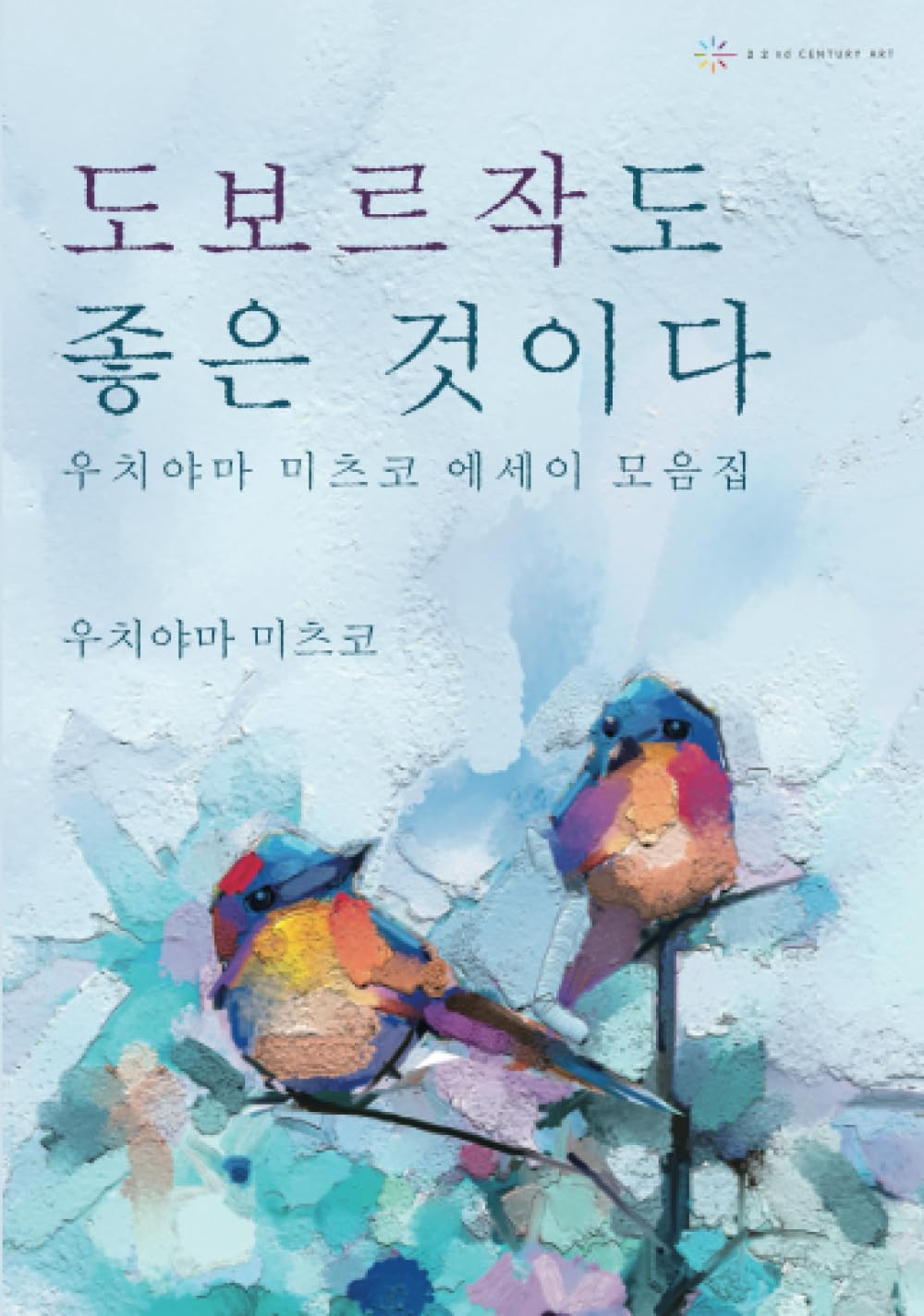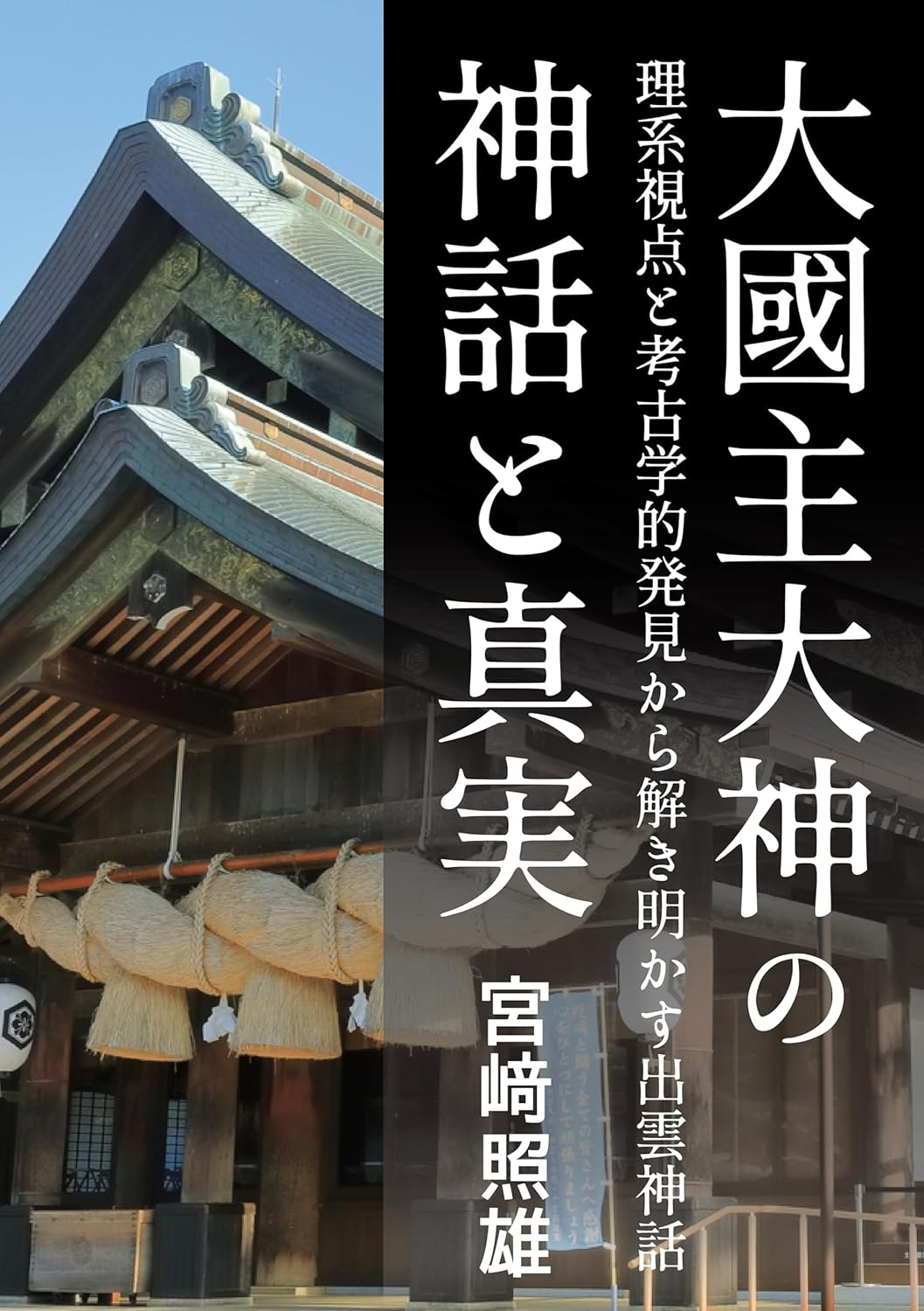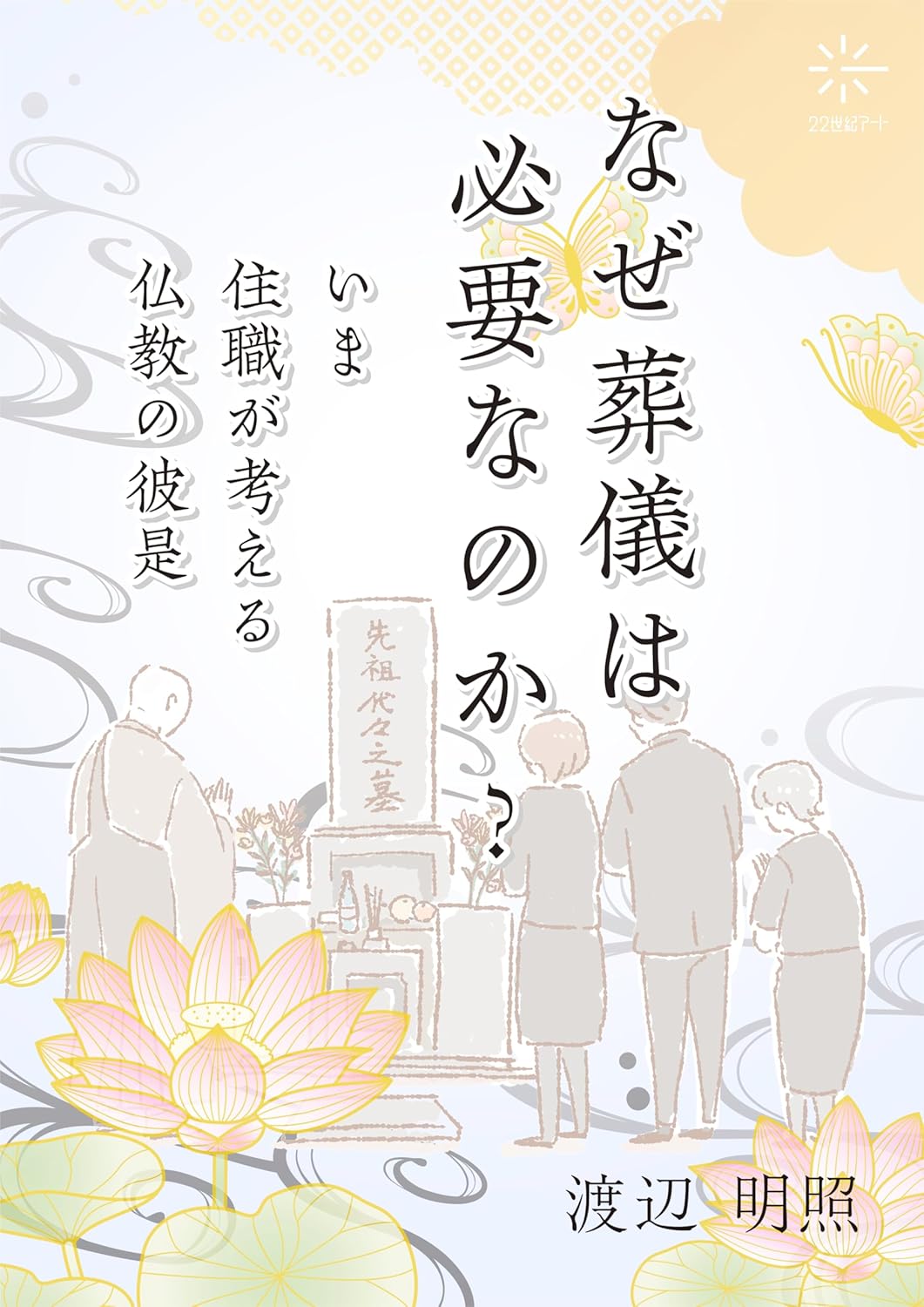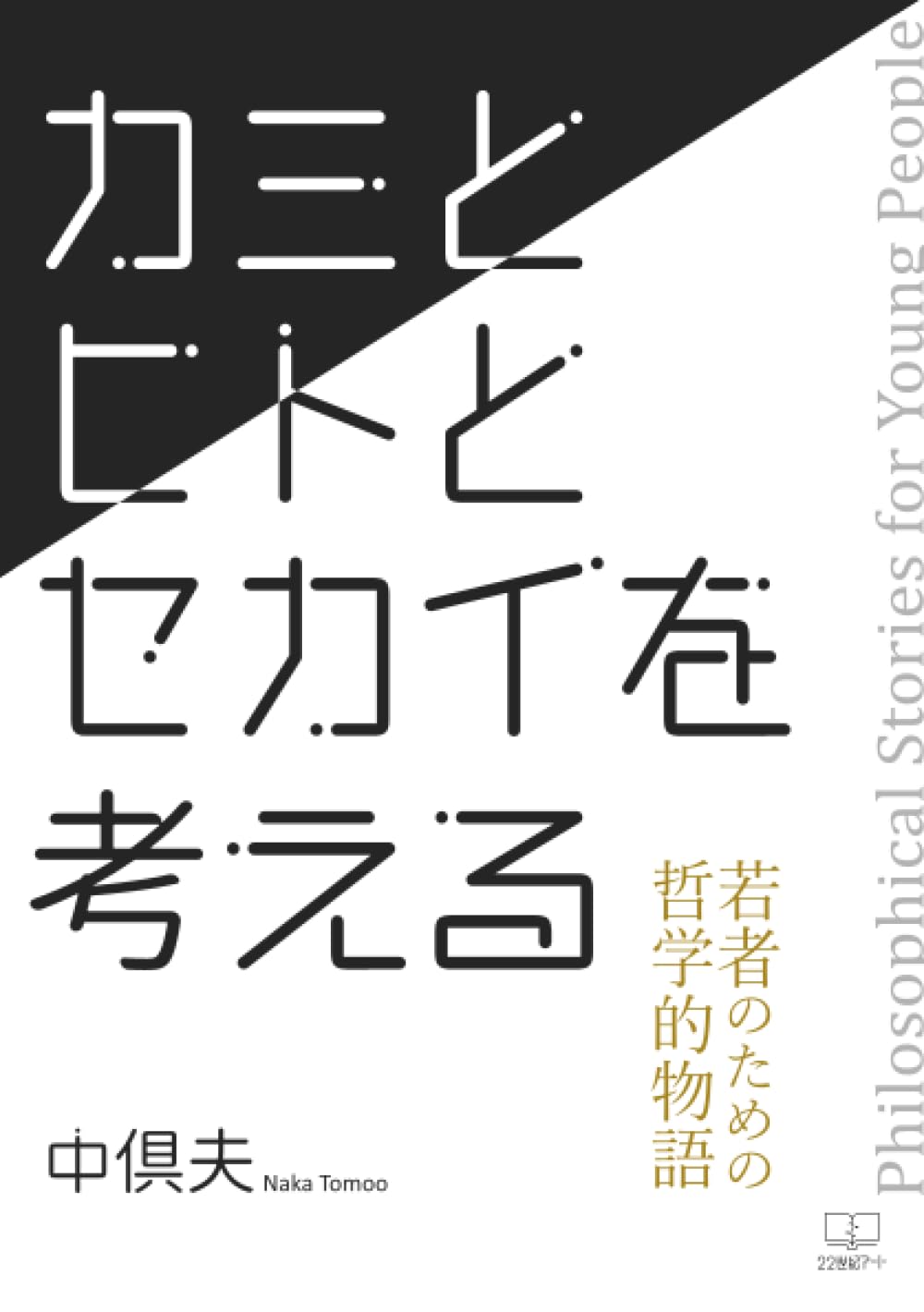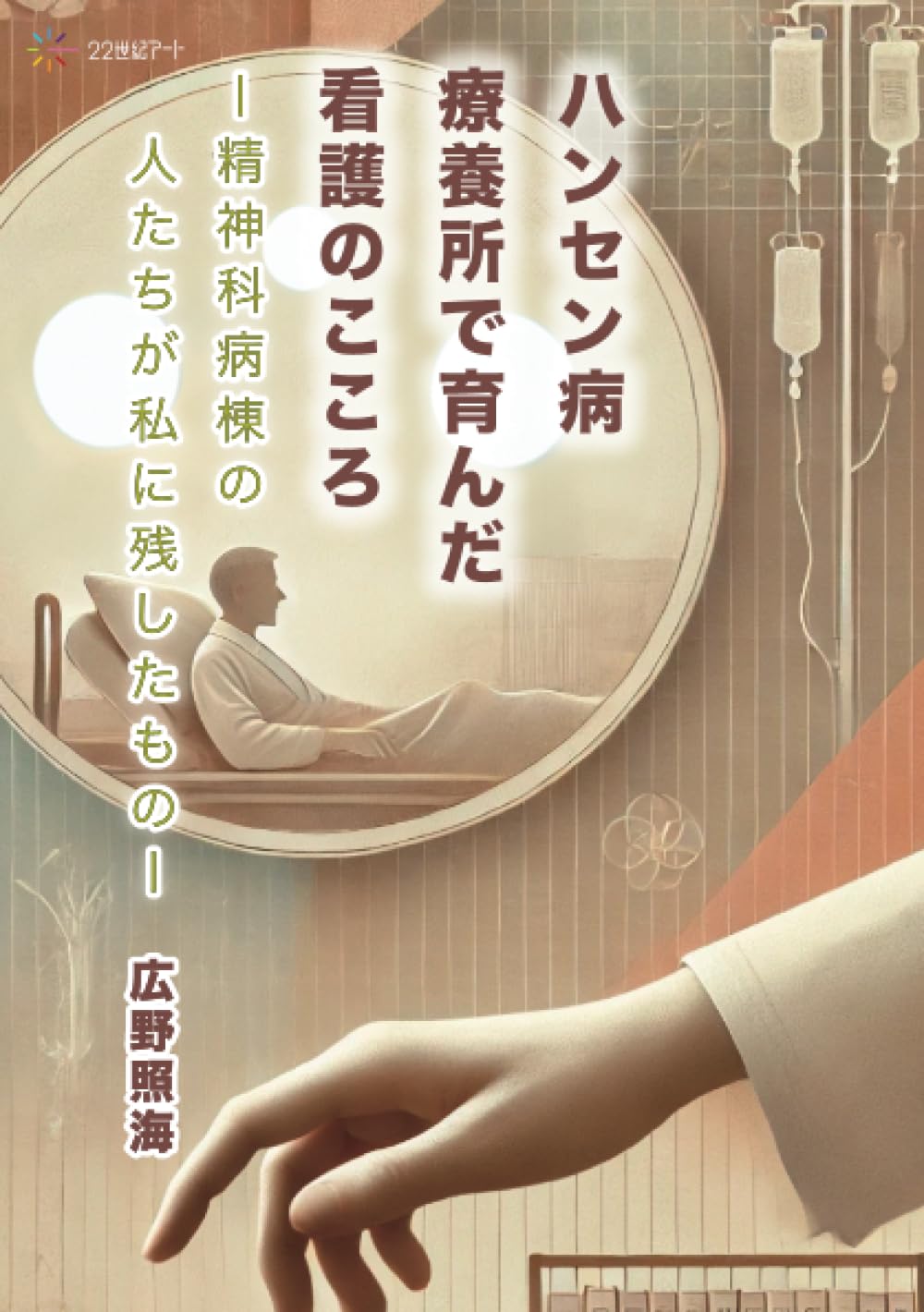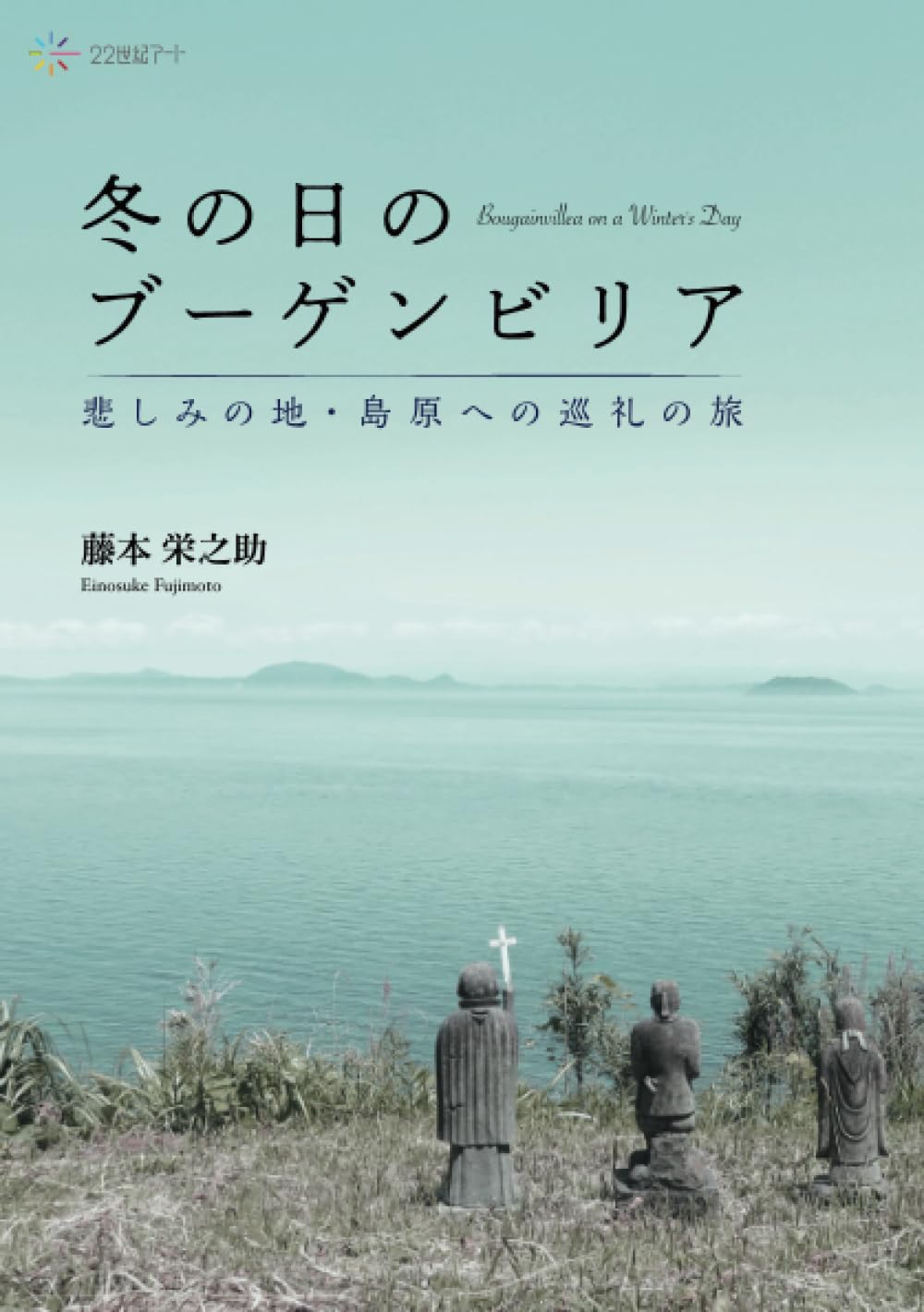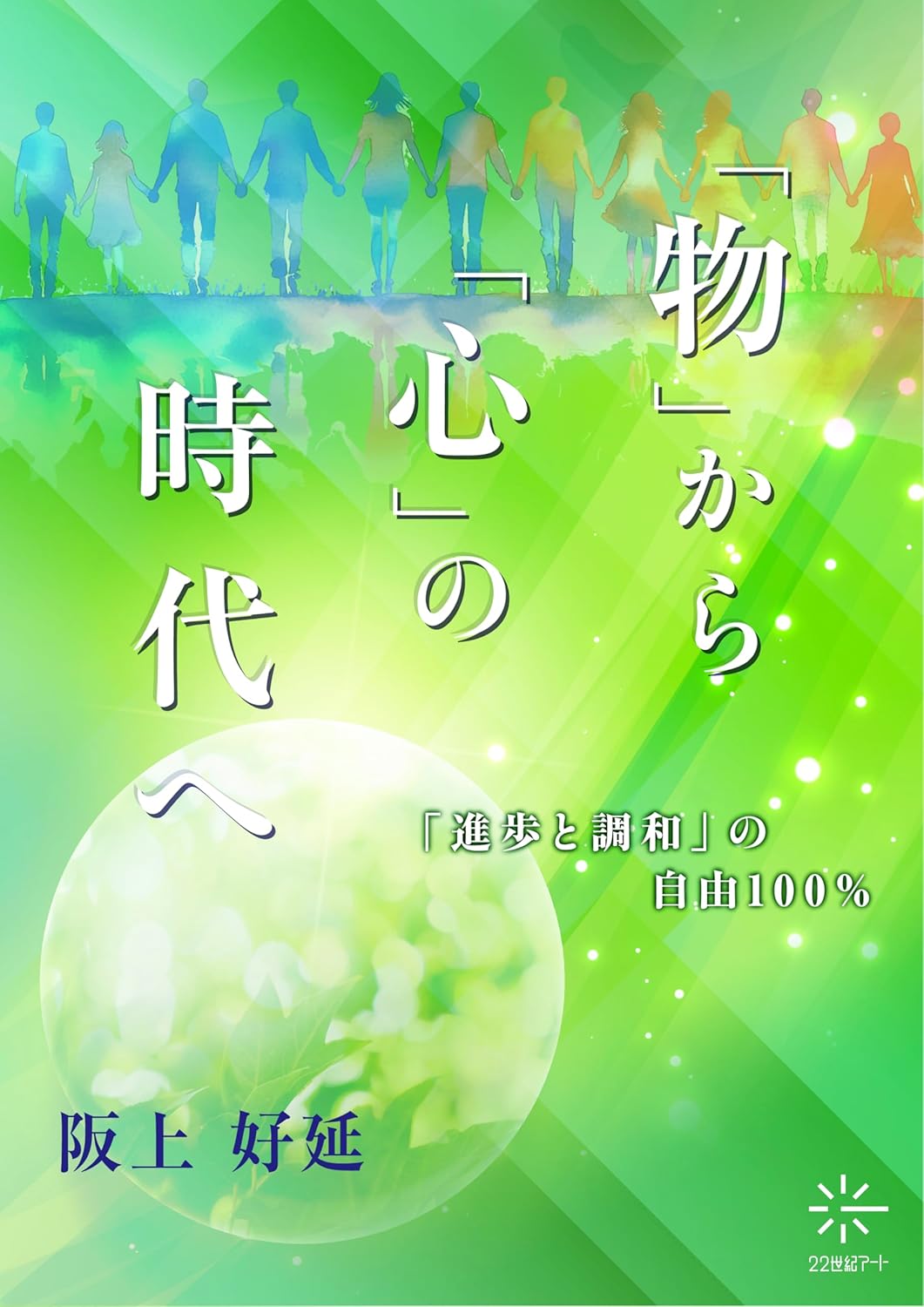
Hideyo Noguchi and Rockefeller Medical Institute Filterable virus research
(著) 鳥山重光
Amazon作品詳細
[About the product]
-The Rockefeller Institute for Medical Research and Hideyo Noguchi, who played a pioneering role in virus research-
This book is a continuation of the Rockefeller Institute's previous book, Virus Research at the Dawn, which follows Hideyo Noguchi's work at the Rockefeller Institute for Medical Research, focusing on research related to the culture of syphilis bacteria and the artificial cultivation of filterable pathogens such as yellow fever. This work attempts to look at Hideyo Noguchi's contributions from a new perspective, focusing on how researchers at the Institute of Medical Research contributed to early virus research.
This book clarifies the overall development of virus research through the cultivation of filterable viruses, which researchers have struggled with, and serves as a reference for understanding the shift from the bacterial paradigm to the viral paradigm.
[Contents]
INTRODUCTION
1. HIDEYO NOGUCHI AND S. FLEXNER'S OBSESSION WITH CULTURING PATHOGENS AND FILTERABLE VIRUSES
2. TRANSFORMATION OF THE ROCKEFELLER MEDICAL RESEARCH INSTITUTE
3.SUMMARY OF T. RIVERS' BOOK, "FILTERABLE VIRUSES" - VIRUS RESEARCH AT THE ROCKEFELLER MEDICAL INSTITUTE
4. HIDEYO NOGUCHI AND THOMAS RIVERS
5.MEMORIAL: HIDEYO NOGUCHI AND RESEARCH ON THE PATHOGEN OF YELLOW FEVER
6. W. STANLEY SUCCESSFULLY CRYSTALLIZES TOBACCO MOSAIC VIRUS, BRINGING NEW LIFE TO THE BIOLOGICAL WORLD
7. ROC MEDICAL RESEARCH INSTITUTE, THOMAS RIVERS' FILTERABLE VIRUS RESEARCH
8.THE TRUE IDENTITY OF FILTERABLE VIRUSES: WHAT WAS SO DIFFICULT FOR T. RIVERS TO UNDERSTAND?
9. THE UNBRIDGEABLE GAP BETWEEN T. RIVERS AND W. STANLEY'S VIEWS ON VIRUSES SEEN IN "THE MESSENGER LECTURES" (1943)
10. THE WORLD OF VIRUSES BY W M. STANLEY, WHO FIRST DISCLOSED THE WORLD OF THE VIRUS PARADIGM.
[Comments from the Editor]
In recent years, various approaches have been taken to examine Hideyo Noguchi, who appeared in biographies of great people, not only on his research results but also on his image as a person, but his achievements as a researcher are one of the most important in the history of virus research. I have no doubt that it will become a guidepost. We would be happy if you could experience the atmosphere of that time and feel that we are standing on the legacy of researchers who risked their lives in the fight against the unknown.
[Author Profile]
Shigemitsu Toriyama
Born in 1939. Born in what is now Mutsu City, Aomori Prefecture.
He graduated from Tanabe Prefectural High School and Tokyo University of Agriculture and Technology, Faculty of Agriculture.
He completed the doctoral course at the Graduate School of Agriculture, the University of Tokyo, and holds a doctorate in agriculture.
1968-1986, Faculty of Agriculture, University of Tokyo (Assistant Professor, Faculty of Education)
From 1977 to 1978, studied abroad at Agricultural University, Wageningen (Dept. Virology) in the Netherlands.
1986-2000, National Institute of Agricultural and Biological Resources, National Institute of Agricultural and Environmental Technology (Department of Environmental Biology, Senior Researcher).
2001-2010, Meiji University, Faculty of Agriculture, Department of Life Sciences (part-time lecturer): Introduction to Virology, Plant Virology, Graduate School Special Course.
Main research achievements: “Viral diseases of grasses and taxonomic research on viruses,” “Plant rhabdoviruses and transcriptases,” “Basic research on the purification and pathogenicity of rice striped leaf blight virus,” “Rice "RNA polymerase associated with filamentous particles of striped leaf blight virus," "Genome analysis of Japanese Tenui virus; Phylogenetic relationship of Tenuivirus viruses," "Creation of genetically modified rice (joint research)," etc.
In 1999, received the Japanese Society of Plant Pathology Award.
新刊情報


